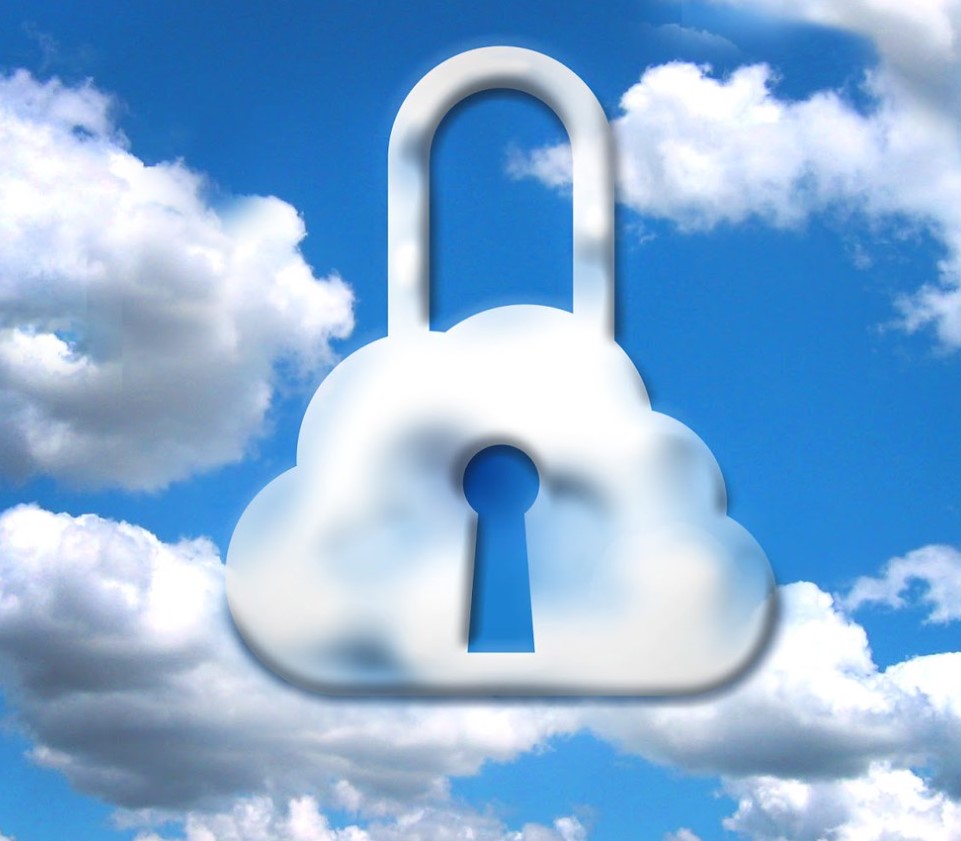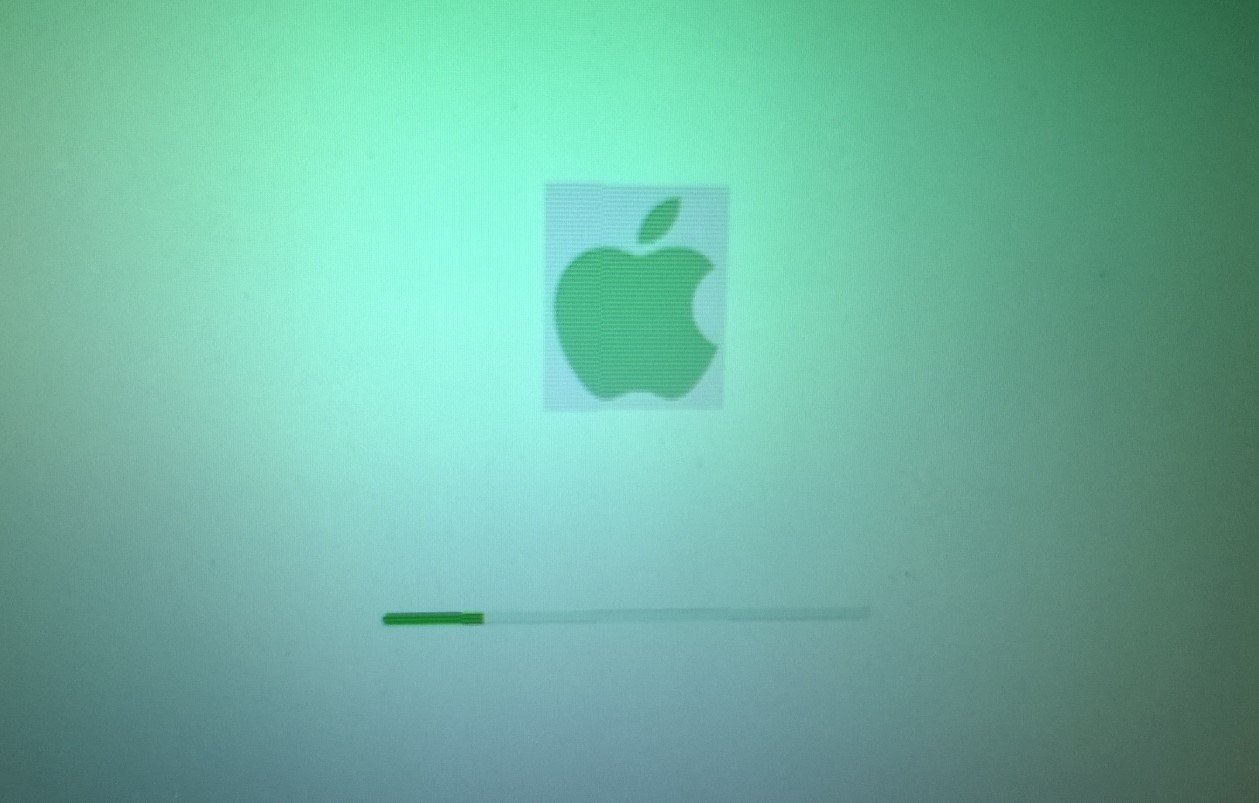News
Microsoft Enforces Mandatory MFA for Azure to Boost Security
Microsoft has kicked off a major push for better online safety by making multifactor authentication (MFA) a must for all Azure users. This move, starting with portal sign-ins and expanding soon, aims to shield accounts from hackers. But what does this mean for everyday users and businesses? Dive in to see the full picture.
Key Phases of the Azure MFA Rollout
Microsoft began enforcing mandatory MFA for Azure Portal sign-ins across all tenants in March 2025. This step followed an announcement in May 2024, when the company started requiring MFA for users who manage Azure resources.
The push builds on earlier warnings. In August 2024, Microsoft urged Entra global admins to turn on MFA by October 15, 2024, to keep access to admin portals smooth.
After wrapping up the portal phase, Microsoft plans to extend MFA to tools like Azure CLI, PowerShell, SDKs, and APIs starting in October 2025. This will add an extra layer of protection against cyber attacks.
The changes trace back to a November 2023 plan. It introduced Conditional Access policies that demand MFA for admins in portals like Entra, Microsoft 365, Exchange, and Azure, plus for all cloud apps and high-risk logins.
Why MFA is a Game-Changer for Security
A Microsoft study from two years ago showed that MFA blocks 99.99% of hacking attempts on protected accounts. It also cuts the risk of account takeover by 98.56%, even if hackers have stolen passwords.
“Our goal is 100 percent multifactor authentication,” said former Microsoft VP of Identity Security Alex Weinert at the time. He stressed that strong MFA slashes takeover risks by over 99%.
This isn’t just about Azure. Microsoft-owned GitHub started requiring two-factor authentication for all active developers in January 2024 as part of the same security drive.
Without MFA, accounts are easy targets for breaches. Hackers often use stolen credentials to slip in, but MFA adds a second check, like a code from your phone, making it much harder.
Businesses face growing threats from cyber attacks. Enforcing MFA helps prevent costly data leaks and downtime, protecting sensitive info in the cloud.
How This Affects Azure Users and Businesses
For users, the shift means adding MFA to their login routine. If you manage Azure resources, you’ll need to set it up now to avoid lockouts.
Microsoft says this enforcement covers all tenants, so no one gets left out. It’s part of a broader commitment to customer security.
Here’s what users should do to prepare:
- Check your account settings for MFA options.
- Use apps like Microsoft Authenticator for easy verification.
- Test logins ahead of deadlines to spot issues.
Small businesses might feel the change most. They often skip strong security due to time constraints, but this forces a needed upgrade.
Larger firms with complex setups could see workflow tweaks. Tools like PowerShell will require MFA, which might slow some automated tasks but boosts overall safety.
One user shared frustration online about extra steps, but many praise the added peace of mind. It’s a trade-off for better protection.
Broader Impact and Future Outlook
This rollout ties into Microsoft’s long-term security goals. By pushing MFA everywhere, the company aims to create a safer digital world.
Similar efforts appear in other areas. For instance, Microsoft has rolled out MFA for high-risk sign-ins across its services.
Experts say this could set a standard for the industry. Other cloud providers might follow suit to match Microsoft’s security edge.
Looking ahead, full MFA adoption could reduce global cyber threats. Data from Microsoft’s study backs this up, showing real results in fending off attacks.
Users worried about complexity can find guides on Microsoft’s site. Simple steps make setup quick.
In the end, Microsoft’s bold step to enforce mandatory multifactor authentication for Azure marks a turning point in cloud security, shielding millions from evolving cyber threats while pushing the tech world toward stronger defenses. It reminds us that in a connected age, a little extra caution goes a long way to keep our digital lives safe. What do you think about this change? Does it make you feel more secure, or is it just another hassle? Share your thoughts in the comments and pass this article along to your friends on social media to spread the word.














